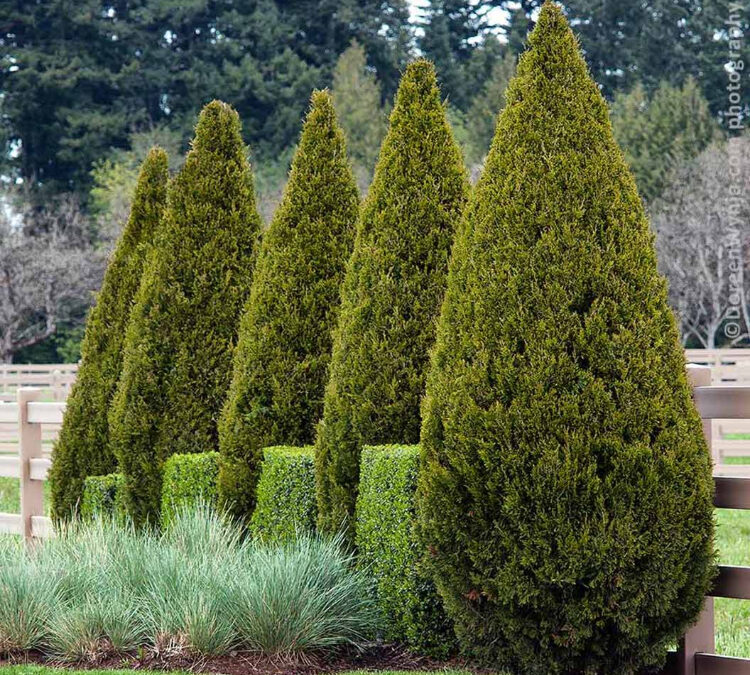Introduction
Gardening in Lafayette can be an enriching adventure, filled with vibrant blooms and lush greenery. However, strong winds pose a real threat to the health and beauty of your garden. Unruly gusts can break delicate plants and topple garden features, leaving your beloved outdoor space in disarray. That’s where understanding the power of windbreaks becomes crucial. By learning how to protect your garden with well-placed windbreaks, you can shield your plants from harsh winds and keep your garden thriving.
Creating windbreaks not only saves your plants from wear and tear but also enhances the microclimate within your garden, promoting healthier growth overall. In Lafayette, where the winds can be unpredictable, incorporating strategic windbreaks helps to maintain the aesthetics and functionality of your space. Let’s explore how windbreaks work and why they are a valuable addition to your Lafayette landscape.
Assessing Wind Challenges in Your Garden
Dealing with strong winds in a garden requires knowing the specific challenges they bring. Lafayette experiences its share of windy days, and these winds can cause various problems for gardeners. High winds can uproot plants, damage foliage, and even influence the growth direction of certain trees and shrubs. Structures like trellises and pergolas might also suffer if they’re not built to withstand such pressure.
Understanding the patterns and strengths of wind in your area is essential to creating an effective wind defense. Start by observing how wind flows through your garden. Notice if certain corners or open spaces seem particularly exposed. Consider these key factors when assessing wind issues in your garden:
– Check for signs of wind damage, like leaning or broken plants.
– Identify sections of your garden that are most exposed to frequent winds.
– Note vulnerable plant species, especially those with weaker stems.
Understanding these elements helps you design windbreaks that are both functional and attractive. You’ll be better prepared to integrate these protective barriers into your landscaping, ensuring a healthier garden environment.
Designing Effective Windbreaks
Now that you have a sense of the wind challenges in your garden, it’s time to think about designing effective windbreaks. There are several types of windbreaks that you can choose to fit the style and needs of your space.
Natural windbreaks, such as rows of shrubs and trees, are a great option for those who want to keep their garden looking green and lush. They not only provide protection from winds but also add beauty and diversity to your landscape. Suitable plants for Lafayette’s climate include yaupon holly, bamboo, and southern magnolia. These plants are not only hardy but also fit well into the local ecosystem.
On the other hand, artificial windbreaks, like fences or walls, offer a more immediate result. These can be strategically placed around your garden to serve as a sturdy shield against strong gusts. Materials like wood or metal can make stylish additions to your garden, blending effortlessly into your existing design while providing necessary wind protection.
Effective placement and spacing of these windbreaks are key. Plant trees or erect fences perpendicular to prevalent winds to create a buffer zone. Keep in mind the height and density of the windbreak as it can significantly impact its effectiveness. Spacing is another crucial factor. For instance, if you’re using trees, plant them close enough to block wind but far enough to allow for growth and air circulation. These considerations will help ensure your windbreaks perform efficiently year-round.
Integrating Windbreaks into Your Landscaping
Integrating windbreaks into your garden shouldn’t compromise style. In fact, with a bit of creativity, windbreaks can enhance the overall look and feel of your outdoor space. Here are some ideas to seamlessly incorporate them:
– Blend natural plantings with existing flower beds or borders to maintain a cohesive look.
– Use trellises or pergolas as part of your windbreak strategy, which can double as hanging spaces for plants.
– Choose materials and colors for artificial windbreaks that complement your home’s exterior and garden theme.
Maintaining a balance between function and aesthetics ensures windbreaks add both beauty and protection. By thoughtfully integrating these barriers, you’ll manage winds while keeping your garden’s charm intact.
Maintenance and Care for Windbreaks
Once your windbreaks are in place, routine maintenance keeps them working effectively. For natural windbreaks, regular pruning promotes healthy growth and ensures plants do not become too dense, which could block light and air. Seasonal care, such as watering and fertilizing, helps sustain robust plants that stand strong against the wind.
It’s also wise to periodically check artificial windbreaks for damage or wear, especially after severe weather. Make adjustments where necessary, like tightening screws or replacing damaged sections, to keep them sturdy.
Monitoring windbreaks allows you to make timely adjustments. By staying attentive to both plant and structural needs, you’ll maintain a resilient front line in your garden against harsh winds.
Summing Up Windbreak Benefits for Lafayette Gardens
Installing windbreaks transforms your garden from vulnerable to resilient. By strategically using plants or structures, you protect against damaging winds while enhancing your garden landscape. This protective measure ensures your outdoor haven remains a place of beauty and tranquility throughout the seasons.
With windbreaks, the peace of mind you gain from knowing your garden is protected is invaluable. Consider embracing wind protection as part of your landscaping plans, making your Lafayette garden a thriving, wind-resilient sanctuary.
Transform your garden into a wind-resistant haven with expert design strategies. Let EdenScapes help you effortlessly merge beauty and practicality. Explore how our services in Lafayette landscaping can create stunning and protective outdoor spaces tailored to withstand nature’s challenges. Visit us online to see how a thoughtful design can enhance your garden’s resilience and appeal.

